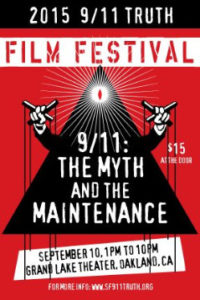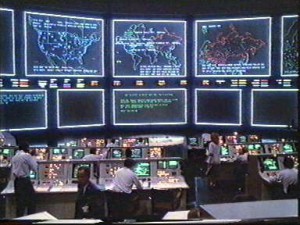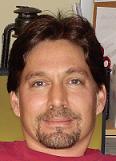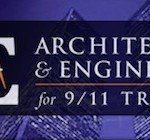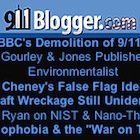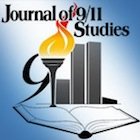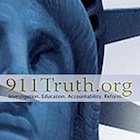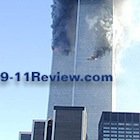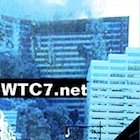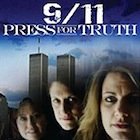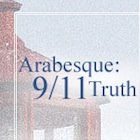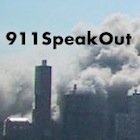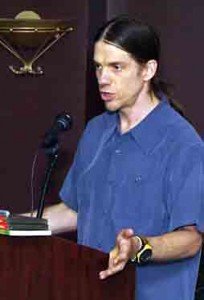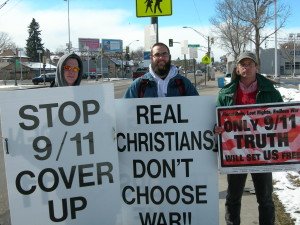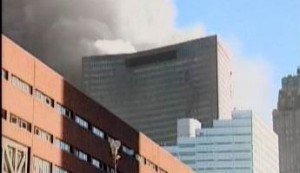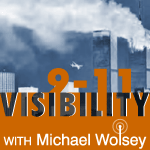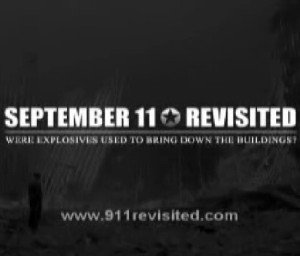In 2015, there were 385 terrorist incidents around the world according to Wikipedia. Of these, 94% were attributed to Muslim perpetrators or occurred in Muslim countries surrounding the world’s most resource-rich region. The geographic pattern behind these and previous attacks suggests that terrorism is more a function of the need to seize resources than it is about religious or political beliefs. The terrorist events of 2015 continue to fuel speculation that most terrorism is government-sponsored and focuses on achieving political objectives.
Most of the terrorist attacks in 2015 were attributed to groups located in the relatively small region of southwestern Eurasia that has been the focus of competition for resources among the world’s superpowers. The political will to drive seizure of those resources requires Western governments to generate a fear of terrorism in their own societies so that “responses” can happen without interference from the public. Maintaining the fear is what appears to be the primary objective behind the fewer, better publicized, attacks in Western countries.
Since 9/11, terrorist acts in Western countries have exhibited a formulaic set of common features that suggest the government might have been involved in the crimes. Here are ten such features.
- Evidence against the accused is usually composed of hearsay claims or dubious documents that originate with military or law enforcement sources.
- The hearsay evidence typically includes vague accusations that the suspects were in contact with, had “links” to, or made recent pledges of allegiance to, terrorist leaders.
- The documentary evidence includes things like passports conveniently left at the scene or social media postings that imply a commitment to terrorism.
- There is an overly obvious attempt to associate the terrorists with Islam.
- The suspects are usually dead by the time the first reports come out.
- People who knew the accused often say they had absolutely no idea that their friend/neighbor/family member was involved or interested in terrorism in any way.
- The testimony of eyewitnesses is ignored as authorities provide contradictory stories that quickly become the official, media-driven accounts.
- Eyewitnesses often describe the attackers as armed and outfitted like highly trained, and well-supported, special operations soldiers.
- The attacks usually coincide with military or law enforcement exercises that mimic what happens.
- The incidents are used to justify rapid military attacks against countries of strategic interest before any investigation is conducted.

